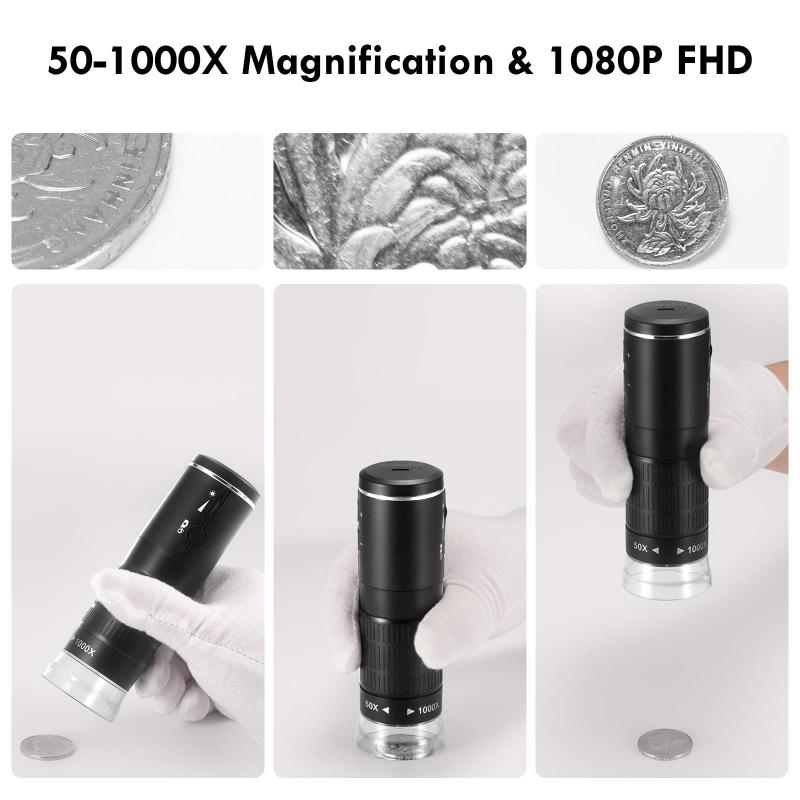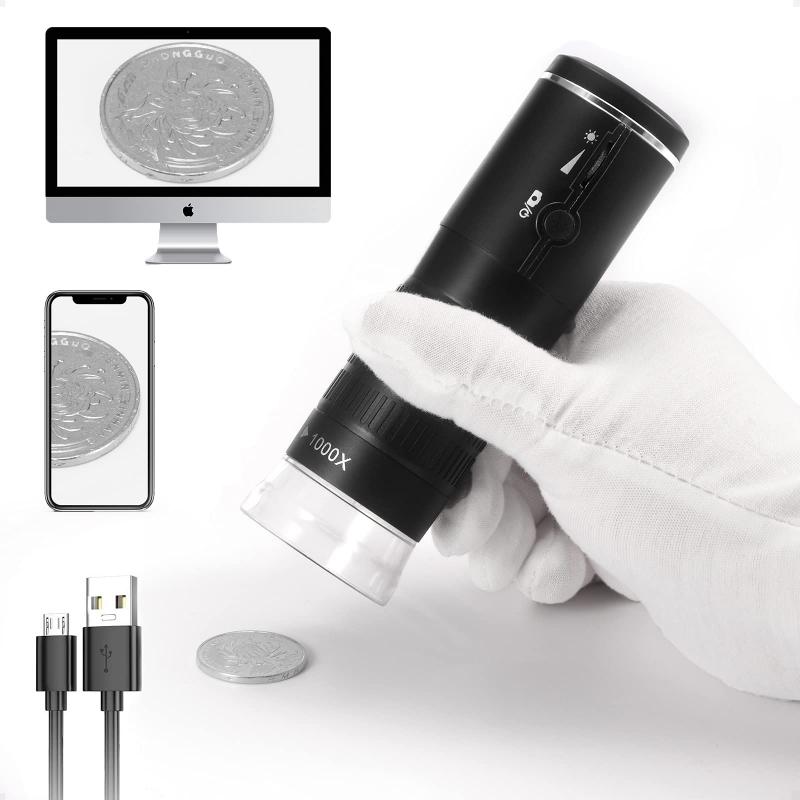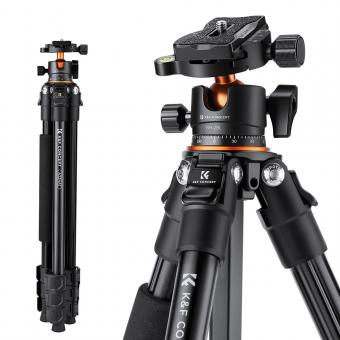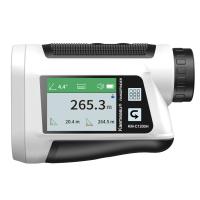How Does A Scanning Electron Microscope Work ?
A scanning electron microscope (SEM) works by using a focused beam of electrons to scan the surface of a sample. The electron beam is generated by an electron gun and accelerated towards the sample using electromagnetic lenses. As the beam interacts with the sample, various signals are produced.
One of the main signals is the secondary electrons that are emitted from the sample's surface due to the interaction with the primary electron beam. These secondary electrons are collected by a detector and used to create an image of the sample's surface. The SEM can also detect other signals, such as backscattered electrons and characteristic X-rays, which provide additional information about the sample's composition and structure.
The electron beam is scanned across the sample in a raster pattern, and the intensity of the detected signals is used to generate a pixel-by-pixel image of the sample's surface. The resulting images can have high resolution and provide detailed information about the topography, morphology, and composition of the sample.
1、 Electron Beam Generation
A scanning electron microscope (SEM) is a powerful tool used to examine the surface of materials at a high resolution. It works by generating an electron beam and analyzing the interactions between the beam and the sample.
Electron beam generation is the first step in the operation of an SEM. A tungsten filament or a field emission gun (FEG) is used to produce a beam of electrons. In the case of a tungsten filament, a current is passed through it, causing the filament to heat up and emit electrons. FEGs, on the other hand, use a high voltage to extract electrons from a sharp tip.
Once the electron beam is generated, it is accelerated towards the sample using a series of electromagnetic lenses. These lenses focus the beam to a fine point, allowing for high-resolution imaging. The beam scans across the surface of the sample in a raster pattern, and detectors collect the signals generated by the interactions between the beam and the sample.
When the electron beam interacts with the sample, several signals are produced. The most commonly used signals in SEM are secondary electrons (SE) and backscattered electrons (BSE). SEs are low-energy electrons emitted from the surface of the sample, while BSEs are high-energy electrons that are scattered back from the sample. These signals are collected by detectors and used to create an image of the sample's surface.
In recent years, advancements in SEM technology have led to improvements in resolution, speed, and analytical capabilities. For example, the introduction of field emission guns has allowed for higher beam currents and improved imaging. Additionally, the integration of energy-dispersive X-ray spectroscopy (EDS) detectors has enabled elemental analysis of the sample.
Overall, the scanning electron microscope works by generating an electron beam, focusing it onto the sample, and analyzing the signals produced by the interactions between the beam and the sample's surface. These advancements have made SEM an indispensable tool in various fields, including materials science, nanotechnology, and biological research.

2、 Sample Preparation
A scanning electron microscope (SEM) is a powerful tool used to examine the surface of materials at a high resolution. It works by using a beam of electrons instead of light to create an image.
The first step in using an SEM is sample preparation. The sample needs to be properly prepared to ensure accurate and clear imaging. This typically involves coating the sample with a thin layer of conductive material, such as gold or carbon, to prevent charging and improve image quality. The sample is then placed in the vacuum chamber of the SEM.
Once the sample is prepared, the SEM works by emitting a beam of electrons from an electron gun. This beam is focused onto the sample using electromagnetic lenses. When the electrons hit the surface of the sample, they interact with the atoms in the material, causing various signals to be emitted.
One of the signals produced is secondary electrons, which are low-energy electrons that are emitted from the surface of the sample. These secondary electrons are collected by a detector and used to create the image. The SEM scans the electron beam across the surface of the sample in a raster pattern, collecting the emitted signals at each point to build up a detailed image.
In addition to secondary electrons, other signals such as backscattered electrons and X-rays can also be detected and used to provide additional information about the sample's composition and structure.
The latest advancements in SEM technology have focused on improving resolution and imaging speed. For example, field emission SEMs use a sharper electron source to achieve higher resolution imaging. Additionally, advancements in detector technology have allowed for faster and more sensitive signal detection, enabling real-time imaging and analysis.
Overall, the scanning electron microscope is a powerful tool that allows scientists and researchers to examine the surface of materials in great detail, providing valuable insights into their structure and composition.

3、 Electron-Beam Scanning
A scanning electron microscope (SEM) is a powerful tool used to examine the surface of materials at a high resolution. It works by using a focused beam of electrons to scan the sample, creating an image based on the interaction between the electrons and the sample.
The process begins with the generation of a beam of electrons in the electron gun. This beam is accelerated towards the sample using a series of electromagnetic lenses. As the electrons approach the sample, they interact with the atoms on the surface. These interactions can include scattering, absorption, and emission of secondary electrons.
The primary electrons that are not scattered or absorbed by the sample continue to travel towards a detector. The detector collects the electrons and converts them into an electrical signal. This signal is then used to create an image of the sample on a display.
One of the key features of SEM is its ability to provide high-resolution images. This is achieved by using a small spot size for the electron beam, which allows for precise scanning of the sample surface. Additionally, the SEM can also provide information about the composition and topography of the sample through various techniques such as energy-dispersive X-ray spectroscopy (EDS) and electron backscatter diffraction (EBSD).
In recent years, advancements in SEM technology have led to improved imaging capabilities. For example, the introduction of field emission electron guns has allowed for even smaller spot sizes and higher resolution imaging. Additionally, the development of environmental SEMs has enabled the study of samples in their natural state, such as biological specimens or materials in a gaseous environment.
Overall, the scanning electron microscope is a versatile tool that has revolutionized the field of microscopy, allowing scientists to explore the intricate details of various materials and surfaces.

4、 Signal Detection and Amplification
A scanning electron microscope (SEM) is a powerful tool used to examine the surface of materials at a high resolution. It operates on the principle of signal detection and amplification to produce detailed images.
The SEM works by emitting a beam of electrons from an electron gun, which is then focused into a narrow beam using electromagnetic lenses. This beam is then scanned across the surface of the sample in a raster pattern. As the beam interacts with the sample, various signals are generated.
One of the primary signals detected is the secondary electrons (SE) signal. When the primary electron beam strikes the surface of the sample, it causes the ejection of secondary electrons from the surface. These secondary electrons are then collected by a detector, which converts the signal into an electrical current. The intensity of the secondary electron signal is directly related to the topography of the sample surface, allowing for the creation of high-resolution images.
In addition to secondary electrons, backscattered electrons (BSE) are also detected. BSE are electrons that are scattered back towards the detector due to interactions with the atomic nuclei of the sample. The intensity of the BSE signal is related to the atomic number of the elements present in the sample, providing information about its composition.
To enhance the signals, the detected currents are amplified and converted into a digital image. The latest advancements in SEM technology have focused on improving the resolution and sensitivity of the detectors, allowing for even higher-quality images.
Overall, the scanning electron microscope works by detecting and amplifying signals generated by the interaction of the electron beam with the sample surface. This enables scientists to obtain detailed information about the topography and composition of materials at a microscopic level.







































